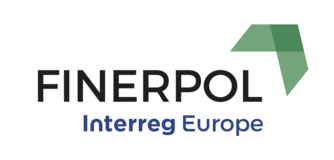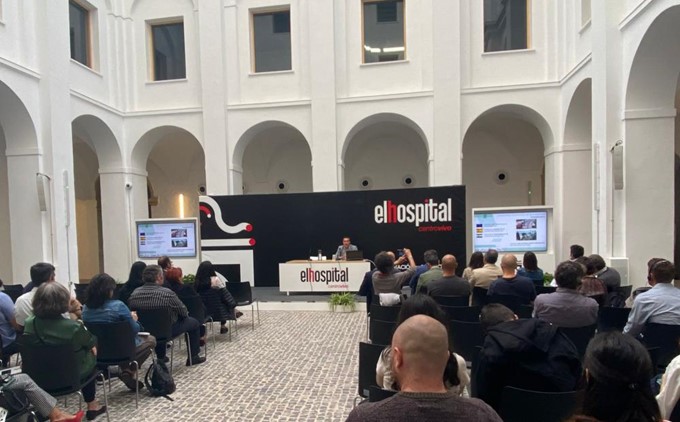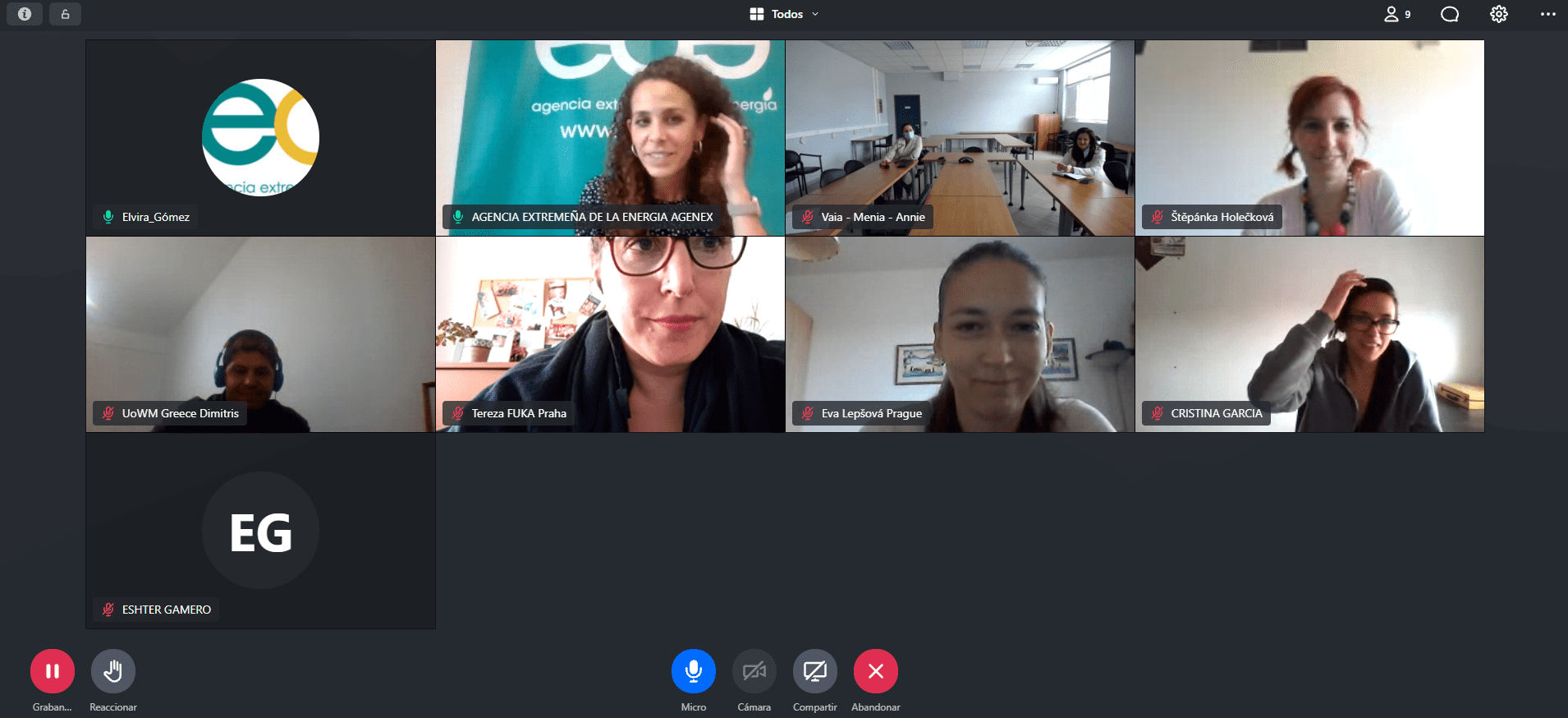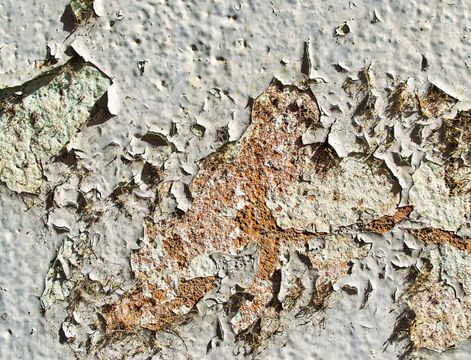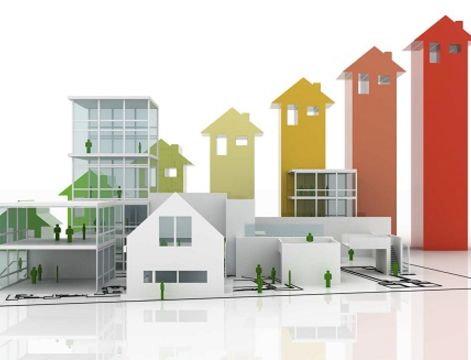The energy and energy-saving sector is one of the big issues in which Italy and, in general, Europe, is investing both financial and research resources. It is precisely these new forms of investment in energy-efficiency that was discussed in Trento on 2 March 2017, on the occasion of the convention organised by the Autonomous Province of Trento (PAT) and the Agency for Water and Energy Resources (APRIE).
Opening the proceedings, the Provincial Councillor for Infrastructure and Environment, Mario Gilmozzi, presented the measures Trentino introduced in support of energy-efficiency: “Construction is moving away from building new structures towards the recovery of existing assets. In this context, the theme of financing assumes a crucial importance. Here, through the integration of State concessions, we have introduced new financing packets so as to facilitate actions that are able to assure real energy savings and efficiency. Public intervention has to find businesses, banks and private individuals that are able to redefine their roles so as to fully access these new opportunities”.
The convention, “Investing in energy-efficiency”, held in the Buoncosiglio Castle, was an opportunity to compare Italian and European good-practice in energy saving and in the reclamation of existing real-estate assets. For example, more than 900 public buildings in the territory of Trentino have an energy-consumption of more than 120 KWh/m2 per year, with a potential saving of more than 40%. Preliminary studies suggest that renovation interventions on these assets can generate an activity-related income of at least 150 million€. In addition, privately owned buildings in Trentino, estimated at 15k apartment blocks, present notable energy-efficiency achievement potential. The same is true for public lighting which, with its current consumption of 44k MWh, equivalent to 9 million€, could, through the upgrading of its 89k lighting units, guarantee a saving of approximately 39%, bringing consumption down to 26,600 MWh. The scale of potential investment, in this case, is equivalent to approximately 170 million €.
In his address, Gilmozzi highlighted the objectives behind the incentives being promoted by PAT: “We are working so that Trentino’s companies can be competitive through a unified proposal for energy-efficiency interventions that go beyond private residences, so as to enable them to undertake interventions aimed at apartment blocks, public buildings and public schools. We are, furthermore, committed to accelerating the use of instruments put in place by the administration, such as contributions, tax credits and ‘thermal accounts’. In this context, we are working on the capacity of the private and public sectors to cede, e.g., all fiscal bureaucratic obligations to these companies and, at the same time, to guarantee the same companies should they take on these obligations, thereby transforming a possible negative influence into an opportunity”.
Returning to the themes elaborated on by the speakers, it should be noted how energy-efficiency, thanks to European, national (through, e.g., the ‘Thermal Account 2.0’ and energy-efficiency certificates) and provincial resources, allows for ample margins of action. It is enough to think that, alone, these measures introduced by PAT in favour of private habitations, with a budget totalling 8 million€ in 10 years, have already received 1,821 requests, generating an activity-related income of 163 million€.
The capability of the construction and public-lighting sectors would permit the achievement of the energy-savings objectives as laid out by the EU and the National Energy Strategy, as well as those contained in the Provincial Environmental Energy Plan: “It is necessary to strengthen the understanding that, along with the environmental benefits derived from the reduction of climate-altering gases in the atmosphere, there are also economic returns that can be very interesting”.
Moreover, the energy-efficiency sector necessitates specific technical skills and financial instruments that are able to support those who decide to undertake energy-efficiency improvement.
Their possible use in the Trentino territory is at the centre of the Finerpol (Financial Instruments for Energy Renovation Policies) project that has the purpose of promoting policies for the definition of financing instruments aimed at improving energy-efficiency and the production of renewable energy sources in existing buildings. PAT, through APRIE, is an active partner in the project, hence the desire to promote good-practice through today’s convention which proposes an important opportunity for dialogue between decision-makers, both administrative and financial, who make their resources available to the sector, and to arrive at the achievement of a complete integration of all the instruments available.
The slides (some in Italian, some in English) are available here.
